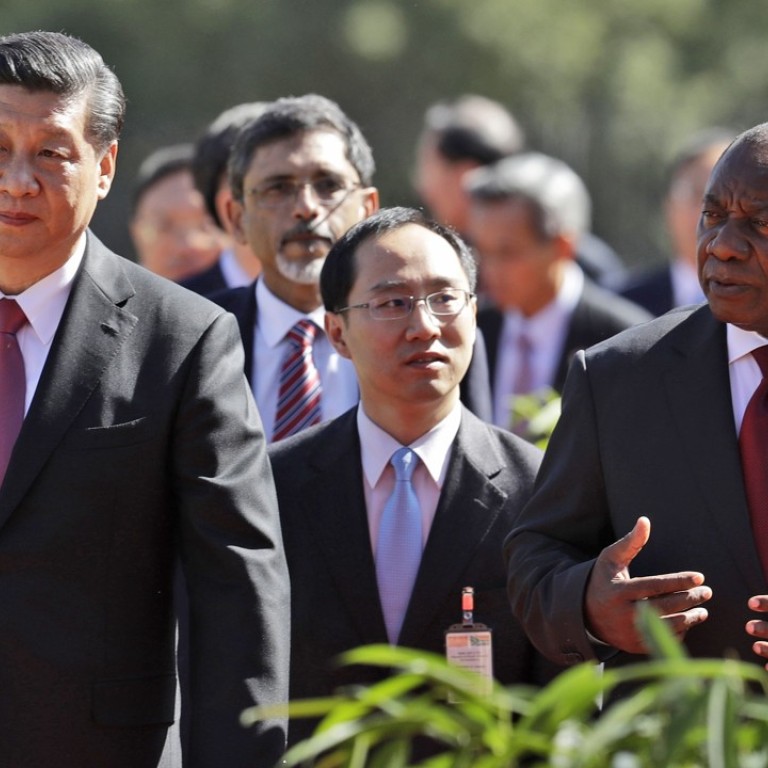
Can the BRICS form a wall to counter the damaging effects of US trade protectionism?
Donald Gasper says a discussion of US trade policies is likely to dominate the ongoing BRICS summit but the five countries must forge closer ties to be an effective global force
Jakkie Cilliers, the head of the African Futures and Innovation Programme at South Africa’s Institute for Security Studies, told Deutsche Welle recently that economics isn’t everything. “It’s also about foreign policy orientation and the domestic situation in the respective countries.”
This month’s summit, which marks the 10th anniversary of the formal establishment of the grouping, takes place in South Africa, which this year holds the presidency of BRICS. The resource-rich country is a key to solving the growing energy deficit of India and China and it has proved itself to be an excellent gateway to Africa for the other BRICS members.
The latest US trade policy could give the group renewed momentum, analysts say. “Trade agreements between associations of countries like BRICS have become increasingly important, given the self-seeking, and ultimately short-sighted, barriers to trade that are being instigated by the US,” Kenneth Creamer, an economist at Johannesburg’s Wits University, told AFP.
The official theme of the summit is “BRICS in Africa: collaboration for inclusive growth and shared prosperity in the 4th Industrial Revolution”. However, according to Maxim Oreshkin, Russia’s economy minister, much of the discussion is likely to focus on how to react to the latest US policies.
At a meeting of their finance ministers earlier this year, the BRICS nations agreed to “fight against trade protectionism together”.
In an article in China Daily, he says that BRICS members know the West better than they do each other and that they should expand communication and people-to-people exchanges so as to derive optimum benefits from each other. “BRICS members don’t have a unified and effective cooperation mechanism.” Building such a mechanism, he said, would help increase the bloc’s influence in the global community.
Over the past decade, the share of the BRICS group in the world economy has grown from 12 per cent to 23.6 per cent, with the International Monetary Fund predicting this will rise to 26.8 per cent by 2022. The grouping had 41 per cent of the world’s population in 2015 and now accounts for about half of global growth. “The aggregate of the BRICS economies remains on track to become as large as the G7 collectively sometime between 2035 and 2040,” wrote O’Neill, the new chairman of Britain’s Royal Institute of International Affairs, earlier this month.
BRICS remains important as a kind of balance within the G20 to the influence of the G7 grouping, Cillers says.
Of course, a large part of BRICS growth is due to the incredibly successful growth of the Chinese economy, whose size is now more than double that of the other four countries put together. However, they, too, are growing.
Watch: China sets 2018 GDP growth target at 6.5 per cent
O’Neill says that India could easily experience real GDP growth rates of more than 7 per cent over the next 10 years and this figure might even reach 10 per cent if structural reforms are adopted.
As for the other countries, Brazil and Russia emerged from recession in 2017, as the prices of most commodities rose again. Despite its weakness in the last couple of years, Brazil is still among the top 10 largest economies in the world and Russia is possibly the 11th largest. “Both can credibly become much larger,” O’Neill says, “but they each need to pursue policies to rid themselves of the so-called commodities curse, and make their economies more resilient and dynamic.”
Donald Gasper is a Hong Kong-based analyst and commentator

